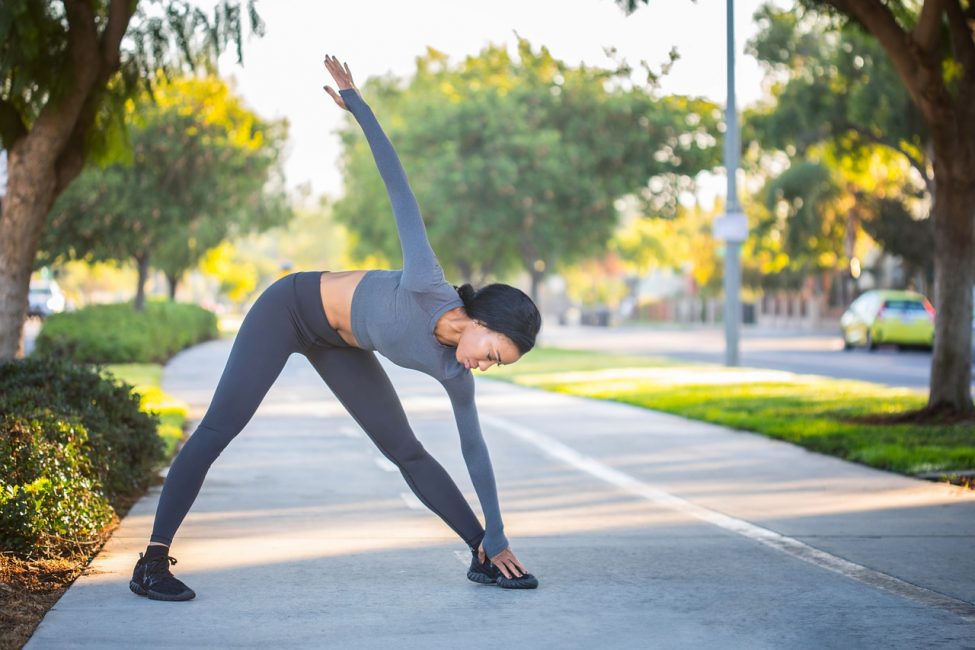
The Real Reasons You Should Be Cooling Down Post Workout
So why the big fuss over the importance of cool-downs following a work-out?
Marque Medical knows that an implementation of a cool down routine is essential to a healthy workout lifestyle. Despite science’s inability to support the “you’ll be less sore” theory, there are still several major benefits to incorporating a cool down into your post-exercise routine.
Here are a few of those benefits:
Allows Heart Rate to Return to Its Normal State
Associate Clinical Professor Mary Nadelen of the Department of Kinesiology at Townson University explained, “An area that often gets ignored is the cool-down after activity. Just as the warm-up prepares the body for work, the cool down brings it back to its normal state.”
Many forms of exercise increase your heart rate substantially. With a cool down, your breathing slows down to return to the same rhythm pre-workout. This gradual return to your resting heart rate will help avoid any forms of dizziness or fainting.
Prevents Discomfort From Blood Pooling
To avoid further dizziness and fainting possibilities, Associate Professor of Exercise Science at Bloomsburg University Andrea Frankin said, “A cool-down has been shown to prevent venous pooling after exercise.” Blood pooling refers to the buildup of blood in the veins after your muscles stop contracting against your blood vessels. This is a result of the exercise pumping more blood than usual to the working muscles.
A proper cool down gives your veins the necessary time it needs to contract. The cool down also allows time for blood pressure to drop, which then assists the transition for blood from the lower extremities to return to resting flow patterns. Overall, the process prevents blood pooling effects like dizziness, nausea, or even fainting.
If there was ever a question whether or not you should cool down, Dr. Fradkin reminds the public that, “none of the scientific research shows any negative effects due to performing a cool down.”
More Mental than Physical
Studies in the The Journal of Human Kinetics and The Journal of Strength and Conditioning Research argues data suggests cool down exercises don’t reduce any type of post workout pains.
So why are so many others still suggesting to cool down following a workout session?
Put simply, it feels good! Cool down exercises promote a time to reflect and listen to your body. Taking a few moments to steady your breath and releasing the tension on strained muscles through stretching feels incredibly relaxing.
Tips for Cool Down Sessions
- Walk or light jog for about five minutes.
- Stretching for 10 to 15 minutes, holding each stretch for about 30 seconds, in a slow and gentle manner.
- For aerobic workouts, areas to focus on during the cool down include the hamstrings, quadriceps, hips, and calf muscles.
- Breathe. Focus on controlling your breath.
For more health concerns and inquiries on trending health topics, visit Marque Medical blog.
